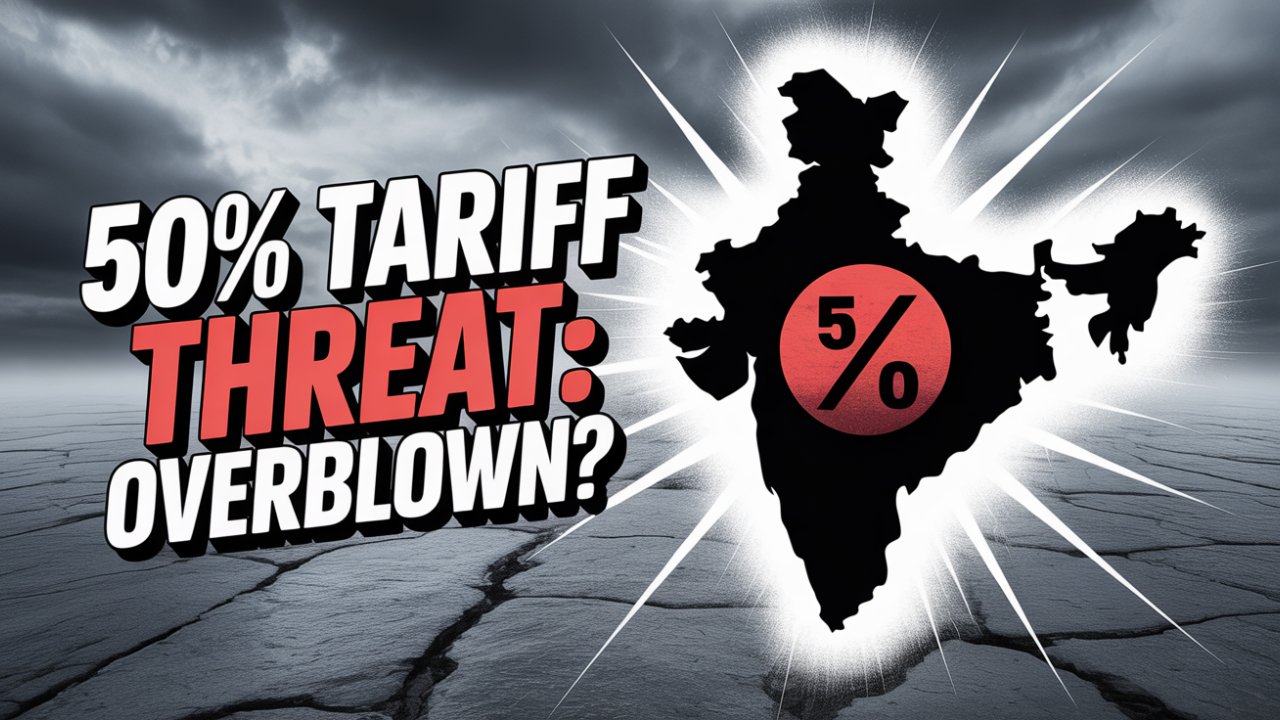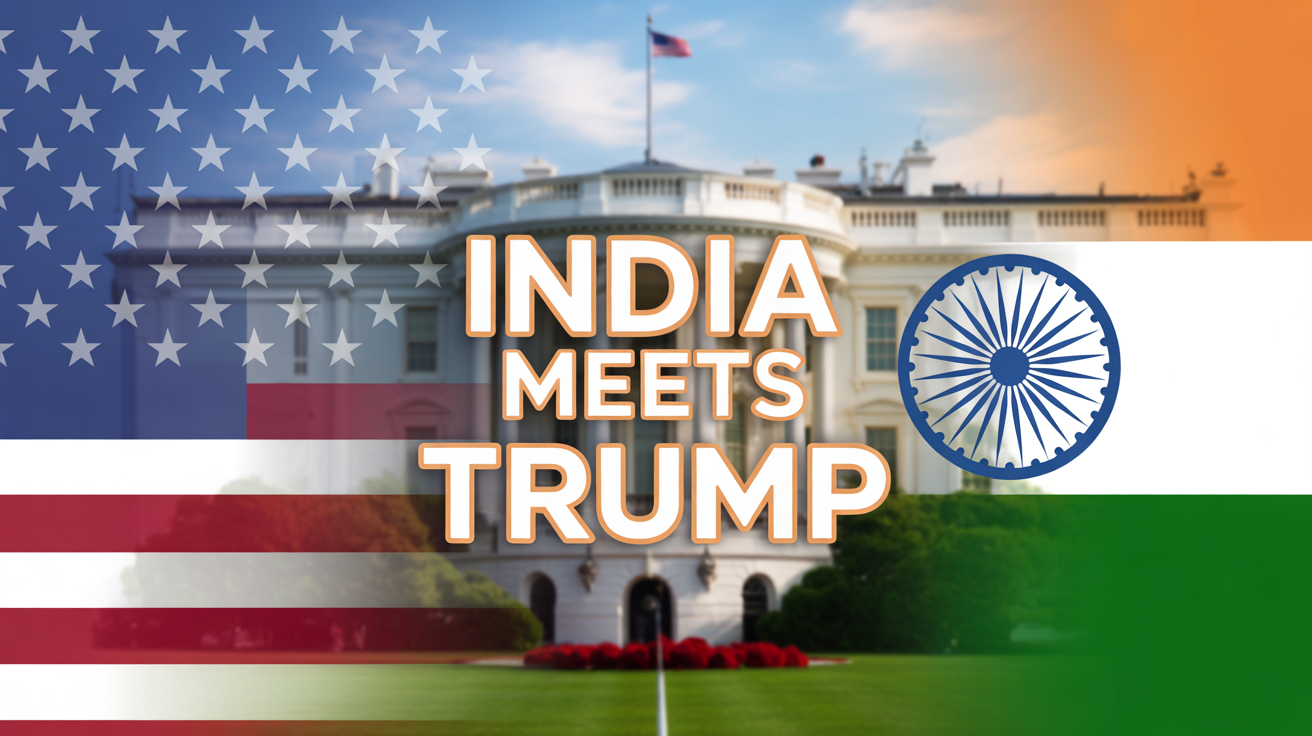1. Trump’s 50% US Tariff on India
Recently, US President Donald Trump imposed a 50 percent tariff on certain products imported from India. The first 25 percent started on August 7, while the remaining 25 percent was scheduled for August 28. This tariff mainly targets India’s purchase of Russian oil and acts as a punitive measure. Despite this, experts believe the impact on India’s economic growth will be limited, as the country’s trade with the US represents a small fraction of its overall economy.
2. India’s Trade-Oriented Economy Status
S&P Global Ratings Director Yifern Phua highlighted that India is not highly trade-dependent. Exports to the US account for just 2 percent of India’s total GDP. A majority of the economy relies on domestic demand, meaning internal consumption and industries drive growth more than exports. This reduces the potential negative impact of US tariffs on the broader economic landscape, ensuring India’s growth trajectory remains relatively unaffected.
3. Domestic Market as Growth Engine
India’s economic growth largely stems from its domestic market. Most companies prioritize meeting the needs of local consumers rather than focusing solely on foreign markets. As a result, even a minor disruption in exports to the US will not significantly affect India’s overall production, services, or employment levels. This domestic resilience acts as a buffer against external trade shocks like punitive tariffs.
4. Positive Outlook on India’s Sovereign Rating
S&P upgraded India’s sovereign rating from ‘BBB-’ to positive in May 2024. The main reason cited was India’s stable and strong economic growth. According to S&P projections, India’s GDP growth is expected to remain steady at 6.5 percent for the current fiscal year. This demonstrates that external trade shocks, such as US tariffs, are unlikely to alter India’s positive economic trajectory.
5. Tariff-Free Key Export Sectors
Certain major sectors exporting to the US, including pharmaceuticals and consumer electronics, are exempt from the new tariffs. This ensures that India retains competitiveness in high-value markets. Maintaining these sectors free from punitive measures helps safeguard export revenues while continuing to attract foreign investment and maintain trade balance with the US.
6. Investment Stability Amid Tariffs
Many investors remain confident in India due to its large domestic market and growing middle class. The “China plus one” strategy encourages companies to establish operations in India not just for US exports but also for domestic consumption. This trend ensures that investment flows remain strong, even if tariffs target specific sectors or products.
7. India-US Trade Scenario
Between 2021 and 2025, the US has been India’s largest trading partner. In 2024-25, bilateral trade reached $186 billion, with India exporting $86.5 billion and importing $45.3 billion. While important, this trade represents only a fraction of India’s overall economy. Consequently, the new tariffs will have a limited effect on GDP growth, investment, or employment.
8. Long-Term Impact on Indian Economy
S&P indicates that US tariffs will not cause significant long-term damage. India’s economy is diversified, with strong domestic demand, a growing service sector, and expanding manufacturing industries. This diverse economic base provides resilience against external trade challenges, ensuring sustained growth and stability over the long term.
9. Fast-Growing Sectors and Investment Appeal
Industries such as IT, pharmaceuticals, electronics, and consumer products continue to thrive and attract foreign investment. Global companies are investing in India due to affordable, skilled labor and a large consumer base. These factors ensure that India’s economic growth remains strong, despite tariffs targeting only select export products.
10. Expert Opinion on Tariff Effects
Yifern Phua emphasized that the new US tariffs apply to limited products and will not have widespread consequences. India’s economic model is not heavily dependent on a single foreign market, which limits vulnerability. According to S&P’s data, these tariffs are not a significant blow, and India’s sovereign rating outlook remains positive.
Conclusion
Overall, despite the 50 percent US tariffs, India’s strong domestic demand, diversified industries, and resilient trade structure ensure that its economic growth, investment flows, and global competitiveness remain largely unaffected. India’s positive trajectory is expected to continue, demonstrating the strength of its domestic market and diversified economic base.






